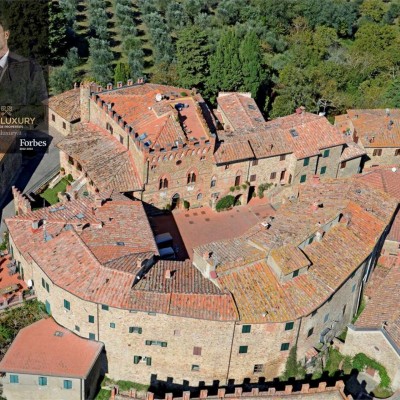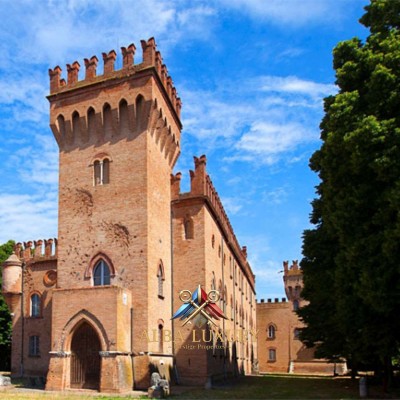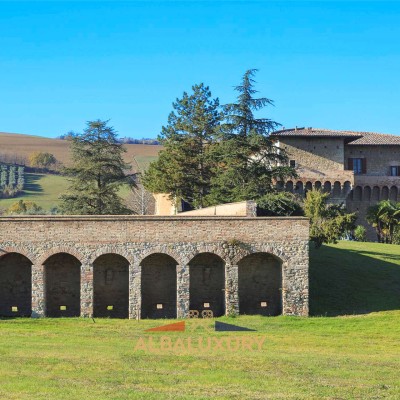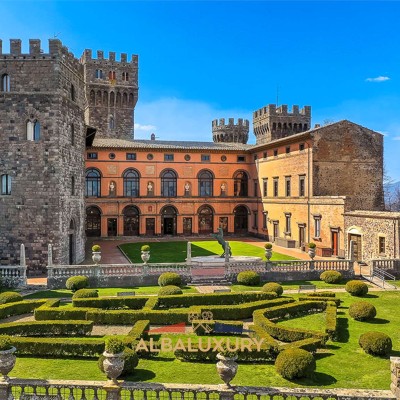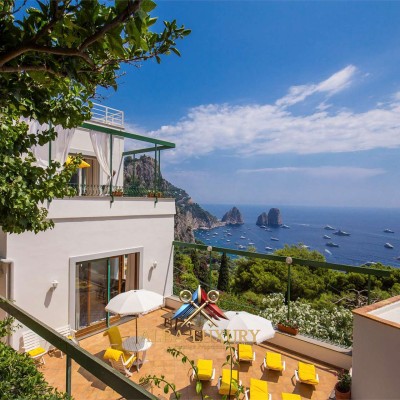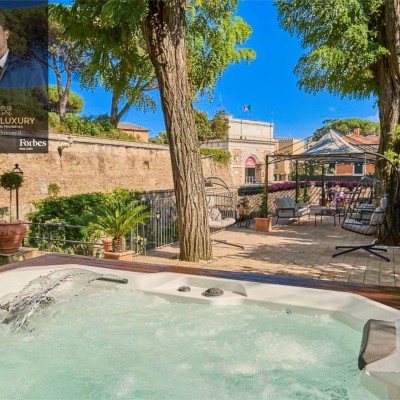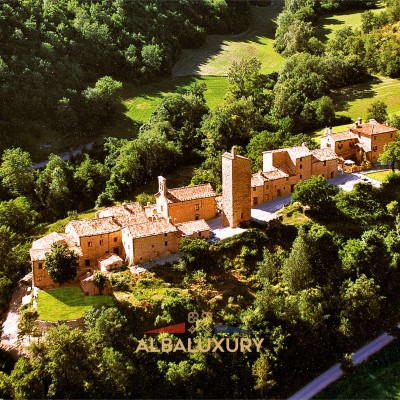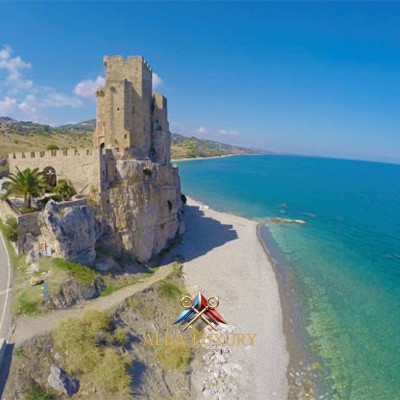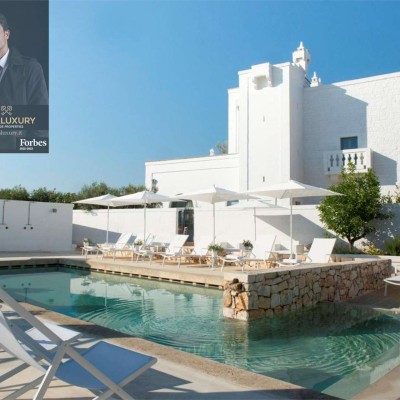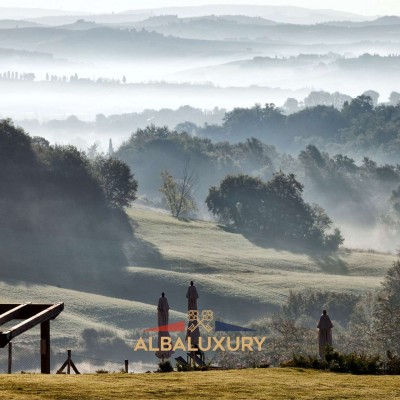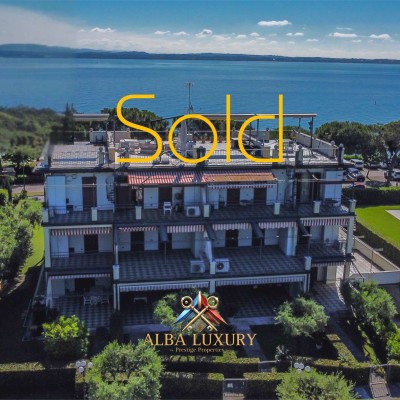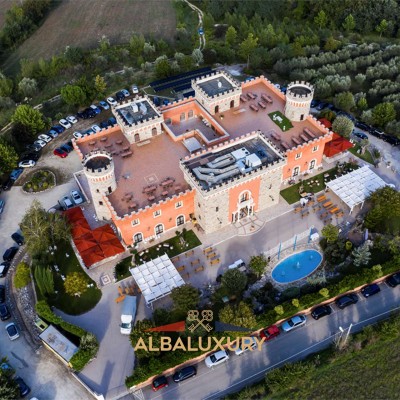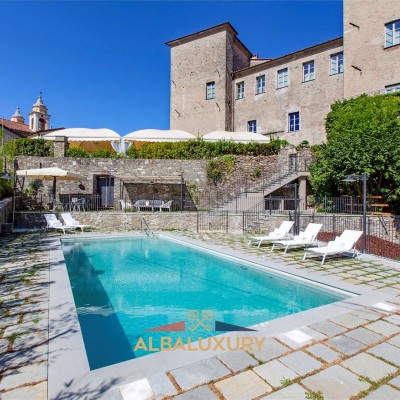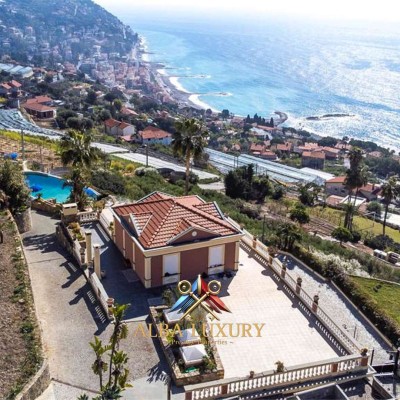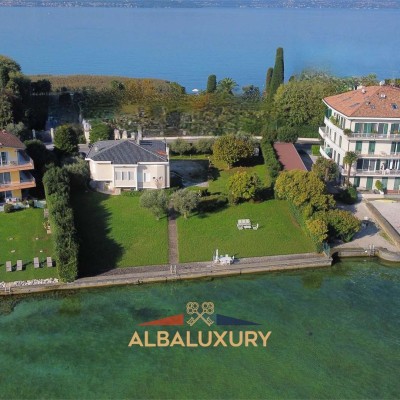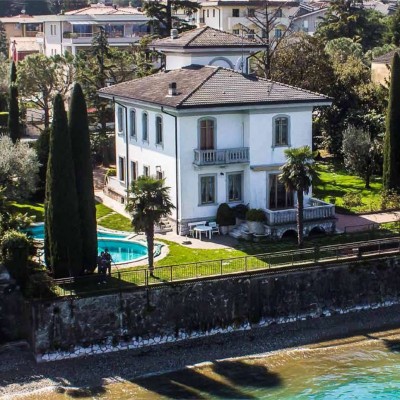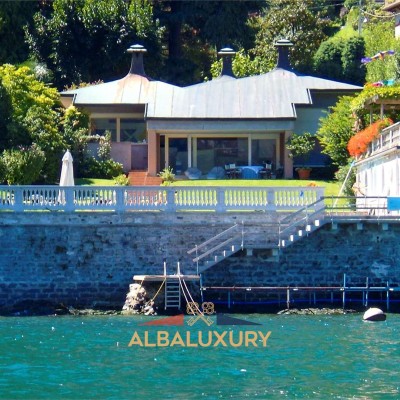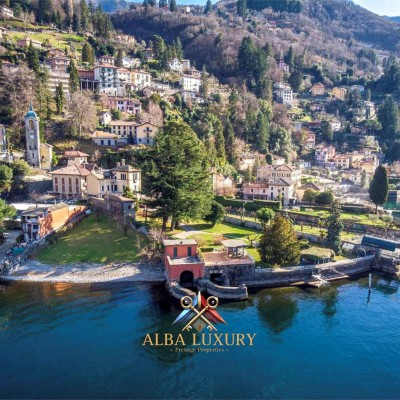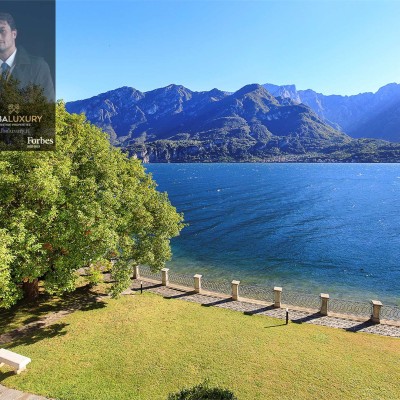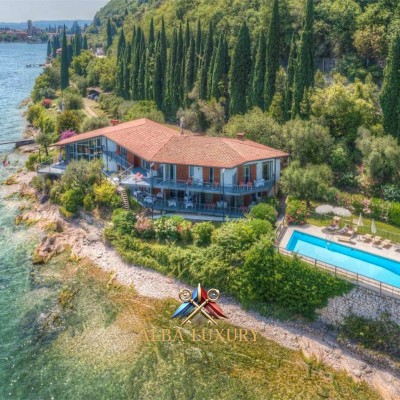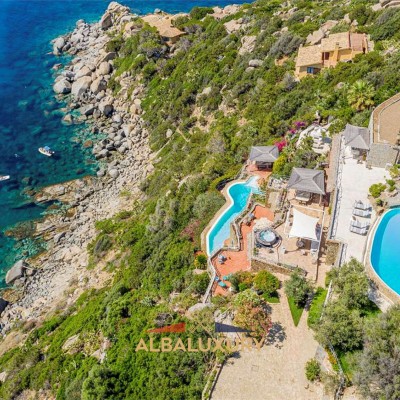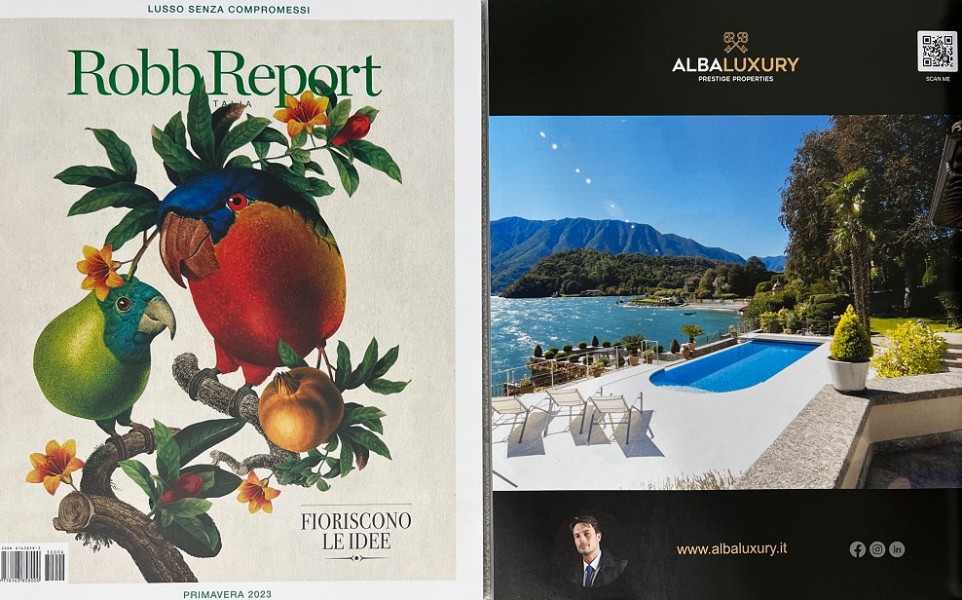How the pandemic has changed the property market
How the pandemic changed the housing market.
Villas with swimming pools, panoramic super penthouses, and chalets nestled in silence. During the pandemic years, the desire for a larger home or one full of amenities grew, but while for many escaping from modest spaces and often with no outside views remained just a dream, others were able to turn it into reality. In fact, in just the past two years, the market for high-end real estate in Italy has increased by 50 percent, outpacing the traditional market in growth. This is said by the data collected by the Observatory of the luxury residential market in Italy conducted by Immobiliare.it in partnership with LuxuryEstate.com.
What is meant by luxury property
A property is understood to be luxury based on the relationship between size and price per square meter. Three types of luxury can be distinguished. Extra: large properties with a high cost per square meter. Small: small properties with high price per square meter. Large: large properties with a high price, but which per square meter are within the common market.
Where are the Italian luxury areas
DOLOMITES
LAKES
MILAN
TURIN
BOLOGNA
FLORENCE
VERSILIA
LIGURIAN RIVIERA
ROME
SMERALDA COAST
NAPLES
Because of the lockdown, the perception of the home has changed back to being for better or worse the main space for all daily activities. So it is not surprising that after an initial setback, the housing market has returned to sudden growth to 22 percent higher than in the first half of 2019.
"In the year of the pandemic, the foreign buyer was less present in our territory so the big rise in high-end real estate was made by Italians. For example, the lakes near Milan or Monferrato have been rediscovered because they are reachable by their own means from the big cities," says Carlo Giordano managing director of Immobiliare.it.
The luxury sector represents roughly between 1.6 and 2 percent of the brick market. It is a small slice that has seen buyers' interest grow twice as fast as that of the "traditional" business, touching its highest point (56 percent) in the first half of 2021, only to flex and settle at 48 percent at the end of the year.
The increase in demand, especially in large cities, coincides with a major reduction in the area for sale as the luxury real estate market deals with a much smaller stock than that of standard housing.
Trends in the housing market
A Flourish chart
The distribution of Italy's luxury areas has gaps especially in the south and the islands where the only bastions of "exclusivity" are in Sardinia and the coast from Gaeta down to the Gulf of Amalfi.
But why this imbalance? The reasons are to be found in the abandonment of some areas of land where historic mansions or estates have lost value due to poor maintenance. In addition, the flight of investors and capital has focused the attention of the luxury market to the center and north.
Regional distribution of luxury
A Flourish chart
The regions that take the lion's share are Tuscany and Lombardy, which alone cover 50 percent of the value of the entire sector estimated nationally at 43 billion euros. They are followed by Lazio driven by Rome and the Ligurian Riviera.
Tuscany, unique in history and characterization, deserves a small in-depth look. Spared from the wild cementification of the 60'-70' years because it was poorer than other regions, unlike many other areas it has managed to preserve its landscape integrity. Because of this and its favorable location for foreign tourism, it has managed to establish itself over the years as a luxury region.
Luxury areas in Italy
North
Center
South
Islands
A Flourish chart
Large cities top the list of areas with the highest concentration of high-end real estate: Milan and Rome are the metropolitan areas with the largest luxury stock. They are followed by Versilia, the Florentine province and the lakes area in the north.
Italy is a country characterized by a profound difference in luxury housing stock. A difference that becomes obvious by comparing major metropolitan cities. While Milan, for example, is characterized by high-end new construction buildings, in Rome independent villas concentrated in the historic center prevail, and in contrast to the Lombard capital, luxury new construction has not taken hold in the capital.
Evolution of interest by macroarea
A Flourish chart
In such a sharp division between north and south, something is changing. "Apulia and Sicily are increasingly being rediscovered thanks to works of recovery, renovation and urban regeneration. It is a path that Italy must pursue to enhance its territory," Giordano concludes.
1
Remaining articles
Access all site content without limits
1€/month for 3 months, then 5.99€/month for 3 months
ACTIVATE NOW
Already a subscriber? Sign in
DISCOVER DATA FROM ALL ZONES
A productionData from Immobiliare.it and LuxuryEstate.com
Gedi Visual data processing
By Annalisa D'Aprile, Andrea Lattanzi, Chiara Nardinocchi and Daniele Testa
Fonte: https://lab.repubblica.it/2022/case-di-lusso-in-italia-dove-comprare-come-e-cambiato-il-mercato-immobiliare/

